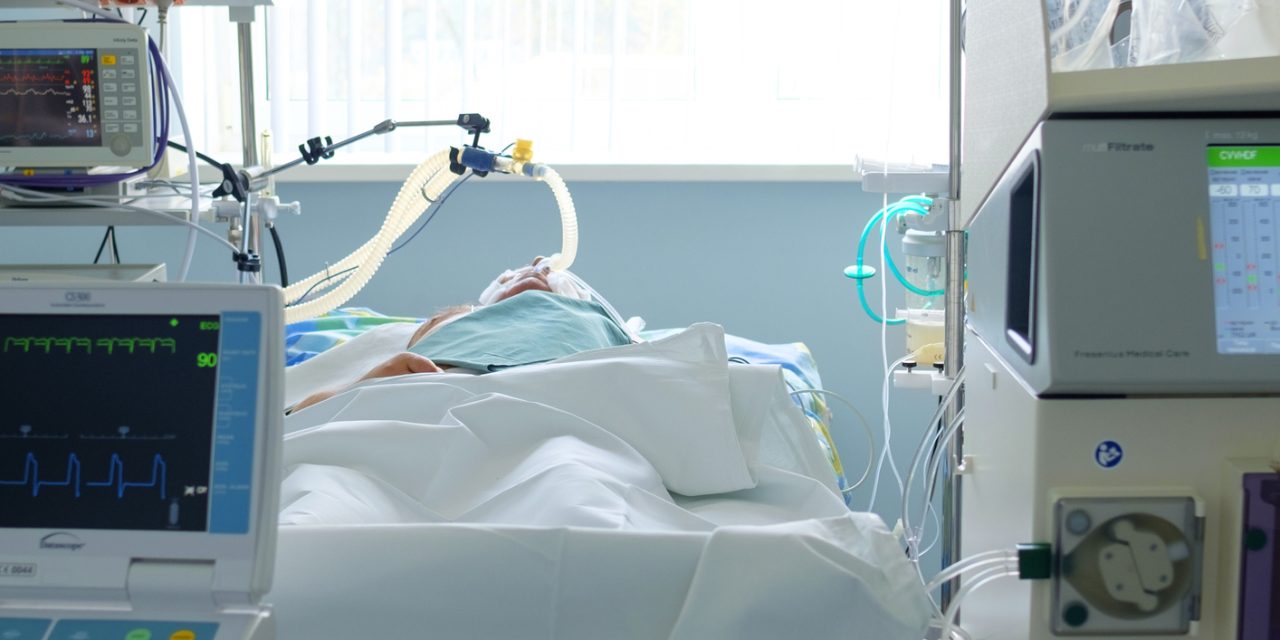Coronavirus disease-2019 (COVID-19) has been associated with significant risk of venous thromboembolism (VTE), arterial thromboembolism (ATE), and mortality particularly among hospitalized patients with critical illness and elevated D-dimer (Dd) levels. Conflicting data have yet to elucidate optimal thromboprophylaxis dosing. HEP-COVID (NCT04401293) is a Phase 3, multicenter, pragmatic, prospective, randomized, pseudo-blinded, active control trial to evaluate efficacy and safety of therapeutic-dose low molecular weight heparin (LMWH) versus prophylactic-/intermediate-dose LMWH or unfractionated heparin (UFH) for prevention of a primary efficacy composite outcome of VTE, ATE, and all-cause mortality (ACM) 30 ± 2 days post-enrollment. Eligible patients have COVID-19 diagnosis by nasal swab or serologic testing, requirement for supplemental oxygen per investigator judgment, and Dd >4x upper limit of normal (ULN) or sepsis-induced coagulopathy (SIC) score ≥4. Subjects are randomized to enoxaparin 1 mg/kg SQ/BID (CrCl ≥ 30 ml/min) or 0.5 mg/kg (CrCl 15-30 ml/min) vs local institutional prophylactic regimens including: a) UFH up to 22,500 IU daily (divided BID or TID), b) enoxaparin 30mg and 40mg SQ QD or BID, or c) dalteparin 2500IU or 5000 IU QD. The principal safety outcome is major bleeding. Events are adjudicated locally. Based on expected 40% relative risk reduction (RRR) with treatment-dose compared with prophylactic-dose prophylaxis, 308 subjects will be enrolled (assuming 20% drop-out) to achieve 80% power. Distinguishing design features include an enriched population for the composite endpoint anchored on Dd >4x ULN, stratification by ICU vs non-ICU, and the ability to capture asymptomatic proximal deep venous thrombosis via screening ultrasonography prior to discharge.Thieme. All rights reserved.
Treatment-dose LMWH versus prophylactic/intermediate dose heparins in high risk COVID-19 inpatients: Rationale and design of the HEP-COVID Trial.


